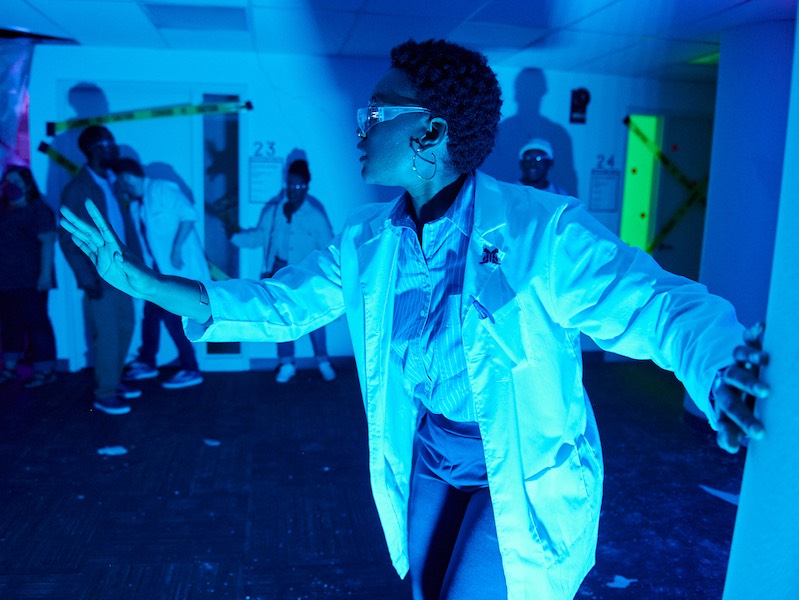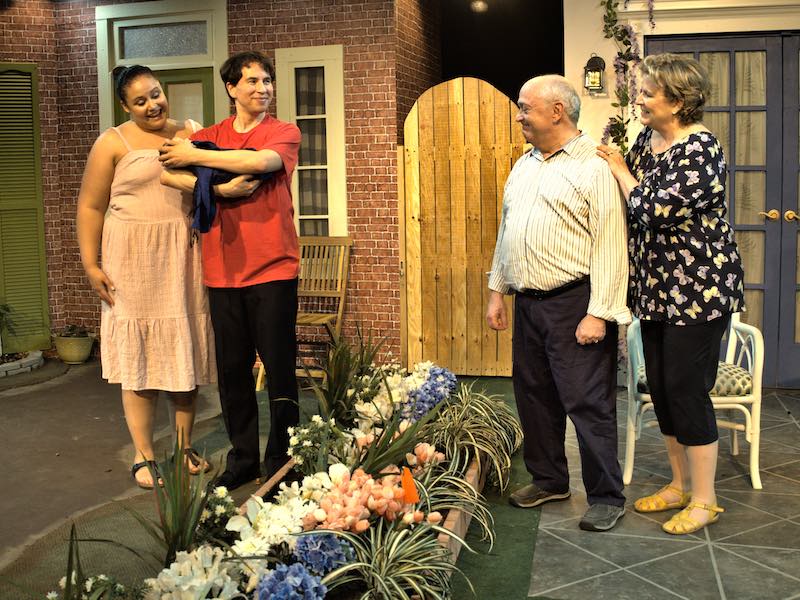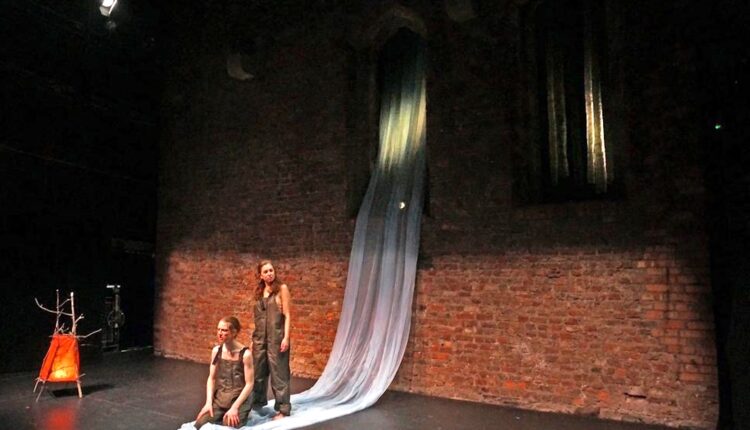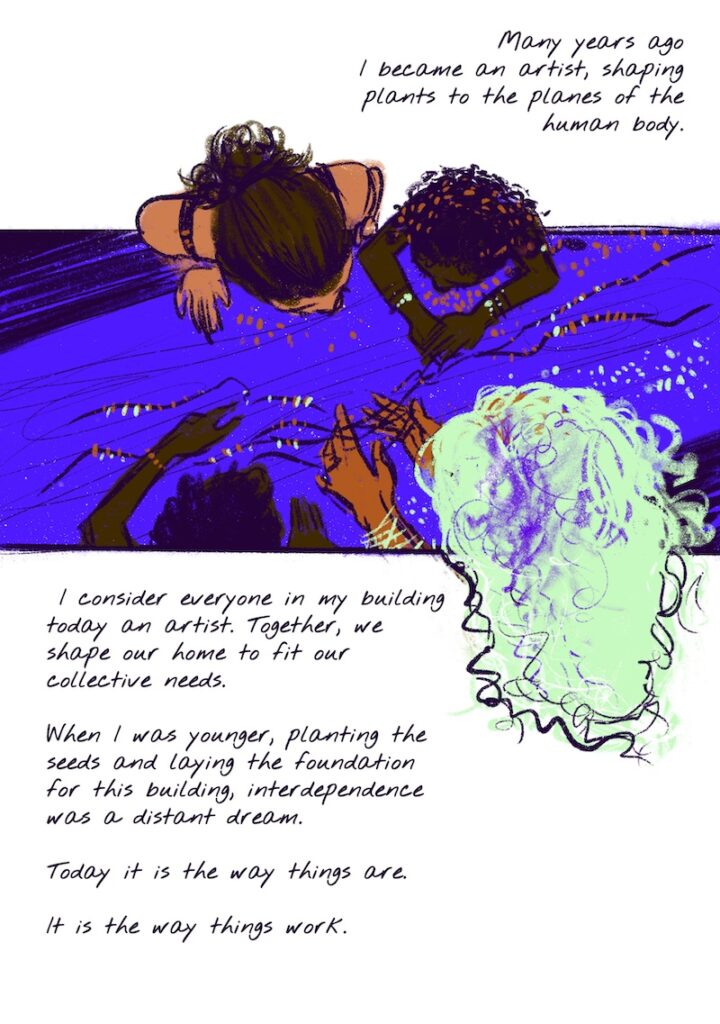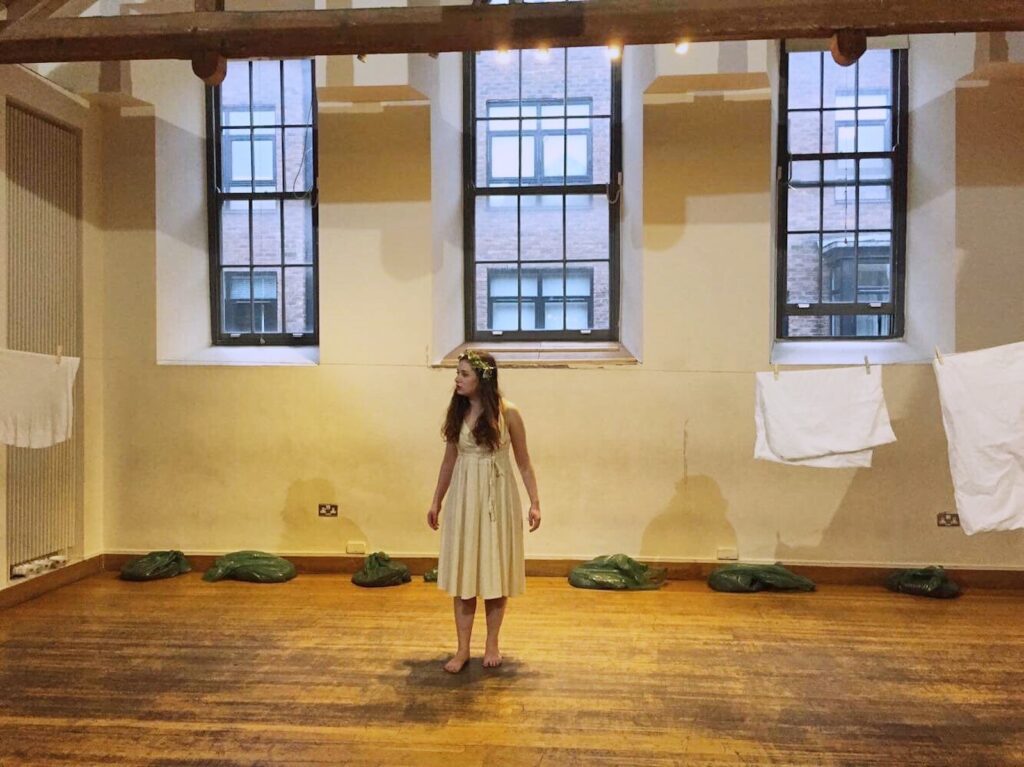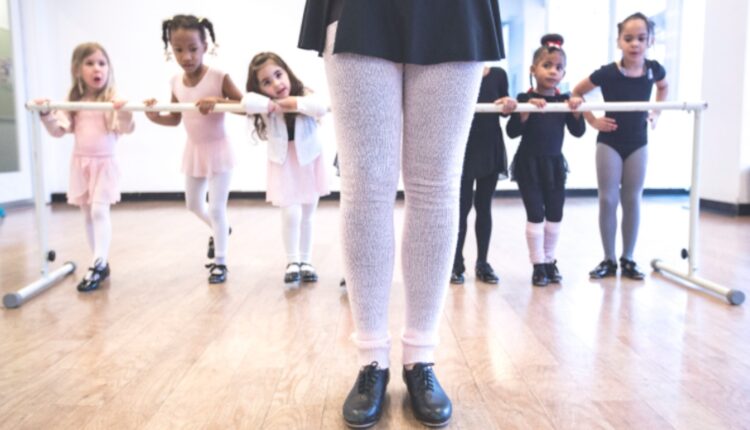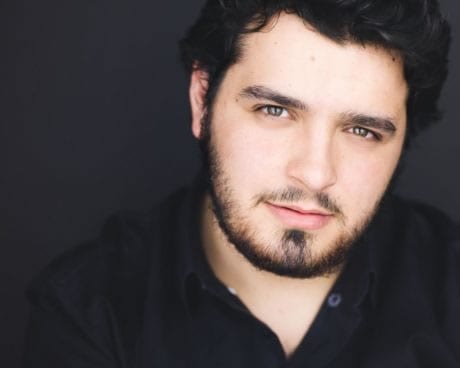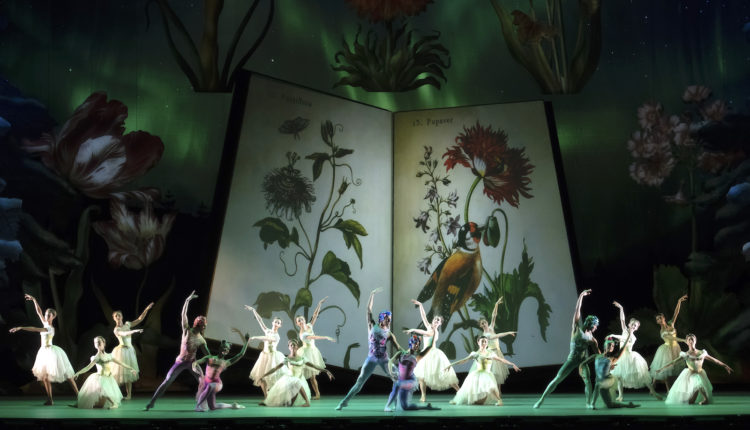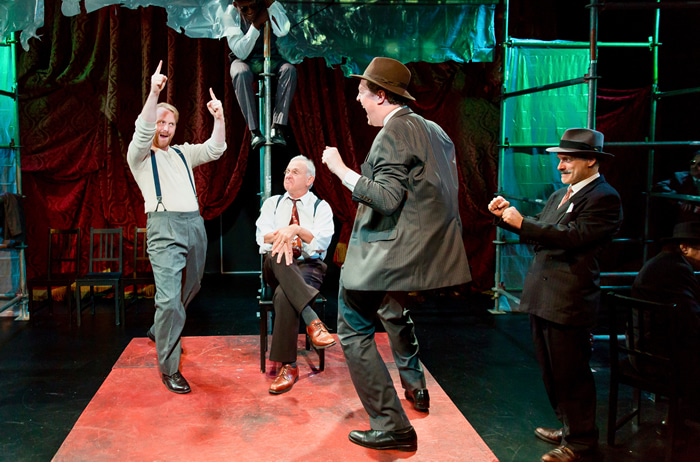By Ajani Jones
This article was first published in DC Metro Theater Arts here.
Culminating a seven-chapter cross-city adventure, Rorschach Theatre’s immersive Chemical Exile: Synthesis is a thrilling and heartfelt sci-fi adventure that explores new bonds and experiences born of great loss and immense change.
Chemical Exile questions the bounds of reality as the audience is introduced to the newest breakthrough of a scientific team at R2 Labs. The play exposes its audience, fellow individuals displaced across realities, to the scientists’ trials and failures at returning the displaced to their own realities, all while delving into each scientist’s background and story.
Throughout, the play skillfully introduces themes of loss and predestination that help ground its more fantastic elements. There is an undercurrent of the staggering grief and pain that come with drastically changing circumstances. The play handles these themes very tactfully (and creatively) by integrating them with the sci-fi elements of the story.
Chemical Exile also interestingly navigates the dynamics between fate, chance, and faith while also exploring how individuals may adapt to great changes.
The cast of Chemical Exile, although relatively small, is extremely powerful. The main scientists, Teddy (Arika Thames), Velouria (Jen Rabbitt Ring), and Kallik (Erik Harrison), are all incredibly charming and present unique personalities that help keep the audience engaged throughout their tour. Each of these scientists perfectly conveys their position and motivations through powerful and emotional performance.
Thames’ portrayal of Teddy is especially notable as her arc is arguably the emotional crux of the play. Passionate about her work, Teddy has a strong desire to return everyone to their respective realities. Thames portrays Teddy’s passion and desperation incredibly well, allowing the audience to become genuinely invested in her work as well as her personal motivations and journey.
The cast’s strength is further magnified by sheer amounts of emotional sincerity. Throughout its duration, Chemical Exiles explores a vast range of themes and complex feelings, all of which are treated with reverence and emotional weight. From moments of success to moments of panic and sorrow, the play transitions between highs and lows, emphasizing the immense amount of heart built into the script, as well as the considerable understanding these actors have for their characters and their motivations.
While steeped in existential questions of reality and navigating grief brought on by drastic change and loss, Chemical Exile never allows itself to become too grim and heavy.
Instead, the play fully embraces the sheer wackiness of science fiction and allows itself to maintain a consistent humorous tone that never undermines the sincerity of heavier scenes. In fact, moments of humor at the play’s climax enhance the sense of urgency and panic pushed by the narrative, resulting in a harmonious relationship between the humor and narrative and emotional strength of this play.
Although its core premise of crossing realities is nothing new to the world of fiction, the cast and team behind Chemical Exile inject immense creativity and spirit into this core idea to synthesize something new and captivating.
The immersive nature of the play works extremely well to capitalize on the play’s inherent creativity and charm. The audience is treated to a genuine tour of the labs and treated as if they were taking part in a genuine scientific demonstration. Excellent costumes and props work well to set the scene. And certain sections of the evening allow the audience to explore at their own leisure and experience the labs in individually unique ways.
The breathtaking set design (led by the team of Nadir Bey, Sarah Beth Hall, and Grace Trudeau) helps to truly transport the audience into the space and the play’s exploration of different realities. The team effectively capitalized upon the immense venue afforded by the Waterfront Centre, which allowed for a plethora of stunning visual choices. The immense care placed into the set design was also evident as each room felt unique and carefully designed but also seamlessly integrated into the atmosphere and story of Chemical Exile. A wide range of lighting and sound effects also helped each room and set piece come to life and convincingly transport the audience into the worlds and theories being explored.
Chemical Exile is an undeniably fun and unique experience. Perfectly executed emotional highs and lows all seamlessly woven together within a curious sci-fi premise make for a night full of wonder and genuine enjoyment for all audiences displaced across realities.
Running time: 90 minutes with no intermission
Chemical Exile: Synthesis plays to July 24, 2022, presented by Rorschach Theatre performing at R2 Labs at Waterfront Centre, 800 9th Street SW, Washington, DC. Tickets ($45, $30 student and senior, $20 industry) are on sale online. Shows are on Thursdays, Fridays, Saturdays, and Sundays at 8 pm.

